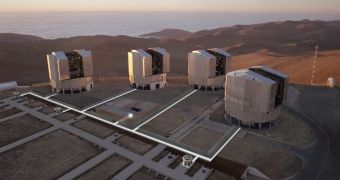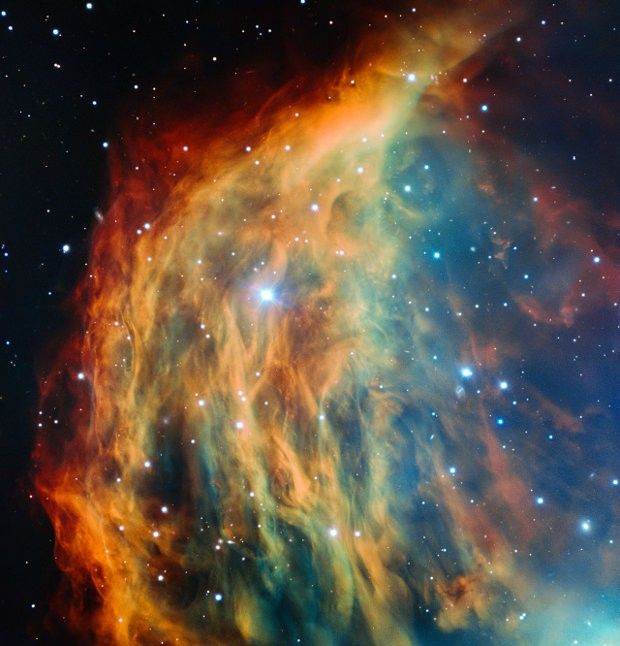A new space image released by European Southern Observatory astronomers just yesterday, May 20, reveals the intricate anatomy of the Medusa Nebula.
The image, available below, was produced by the Very Large Telescope in the Atacama Desert in northern Chile. Scientists say it is the most detailed view yet of this nebula.
How the Medusa Nebula got its name
In the description accompanying this most recent Very Large Telescope view of the Medusa Nebula, European Southern Observatory researchers explain that the colorful cloud that makes up most of this cosmic structure is essentially the fragmented body of a dying star.
More precisely, they say that at the core of this nebula stands a star that was once not very different to our Sun. This star is now nearing the end of its life and spilling its outer layers into its surroundings.
As they move away from the dying star, the gassy layers shed by the orb take the shape of snake-like glowing filaments. It was because of how much these filaments resemble snakes that the cosmic structure was named the Medusa Nebula.
“Medusa was a hideous creature with snakes in place of hair. These snakes are represented by the serpentine filaments of glowing gas in this nebula,” European Southern Observatory scientists say.
In the image produced by the Very Large Telescope, the color red reveals the presence of hydrogen. The green, on the other hand, stands for oxygen. Since dying stars create quite a mess, these gases are mixed together and distributed in rather chaotic patterns.
These days, the Medusa Nebula measures about 4 light-years across. It is located in the constellation Gemini and astronomers estimate it to sit about 1,500 light-years from our home planet.
This is what our Sun will look like one day
The Medusa Nebula, first spotted by American astronomer George O. Abell in 1955, is a planetary nebula. No, this does not mean that there are planets lurking deep inside the massive cloud of gas surrounding the dying star at its core.
Au contraire, this label is a misnomer that worked its way into the field of astronomy back in the 1780s, when William Herschel observed several such structures and their round shape reminded him of planets.
Planetary nebulae are basically the glowing shells of old stars that have entered their last stages of evolution and will very soon perish. Interestingly, astronomers say that our Sun will too form a planetary nebula in a few billion years.
Let's just hope that, by the time this happens, we will have found a way to colonize some other planets orbiting a nearby star. Otherwise, we won't exactly be having the time of our lives.

 14 DAY TRIAL //
14 DAY TRIAL // 

